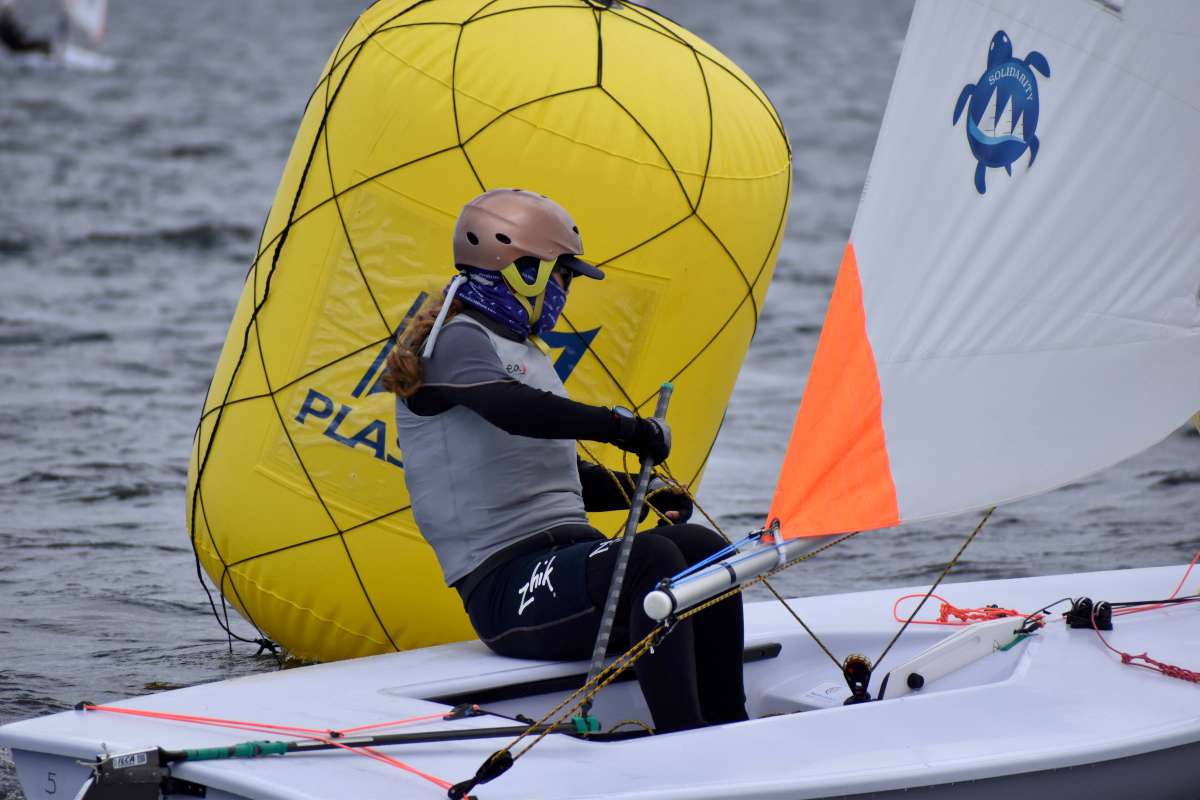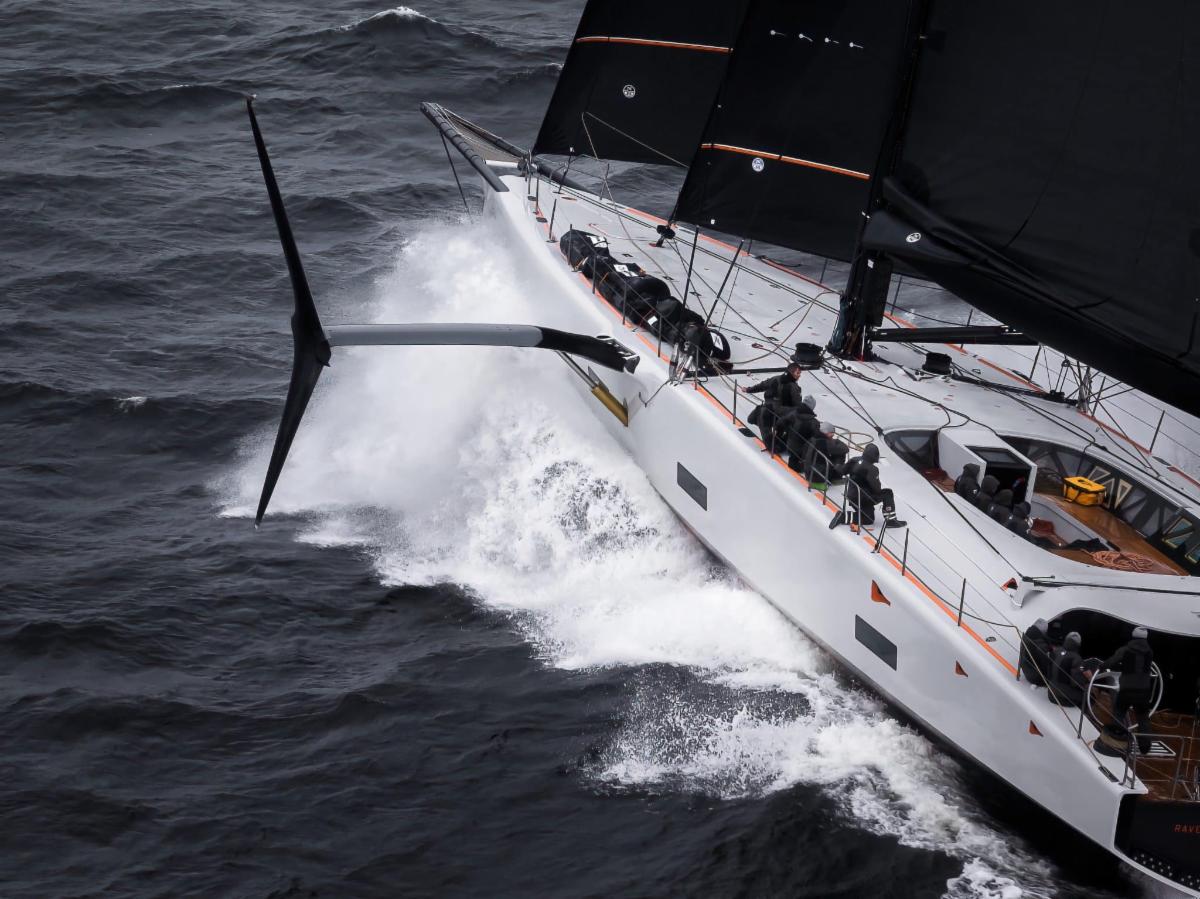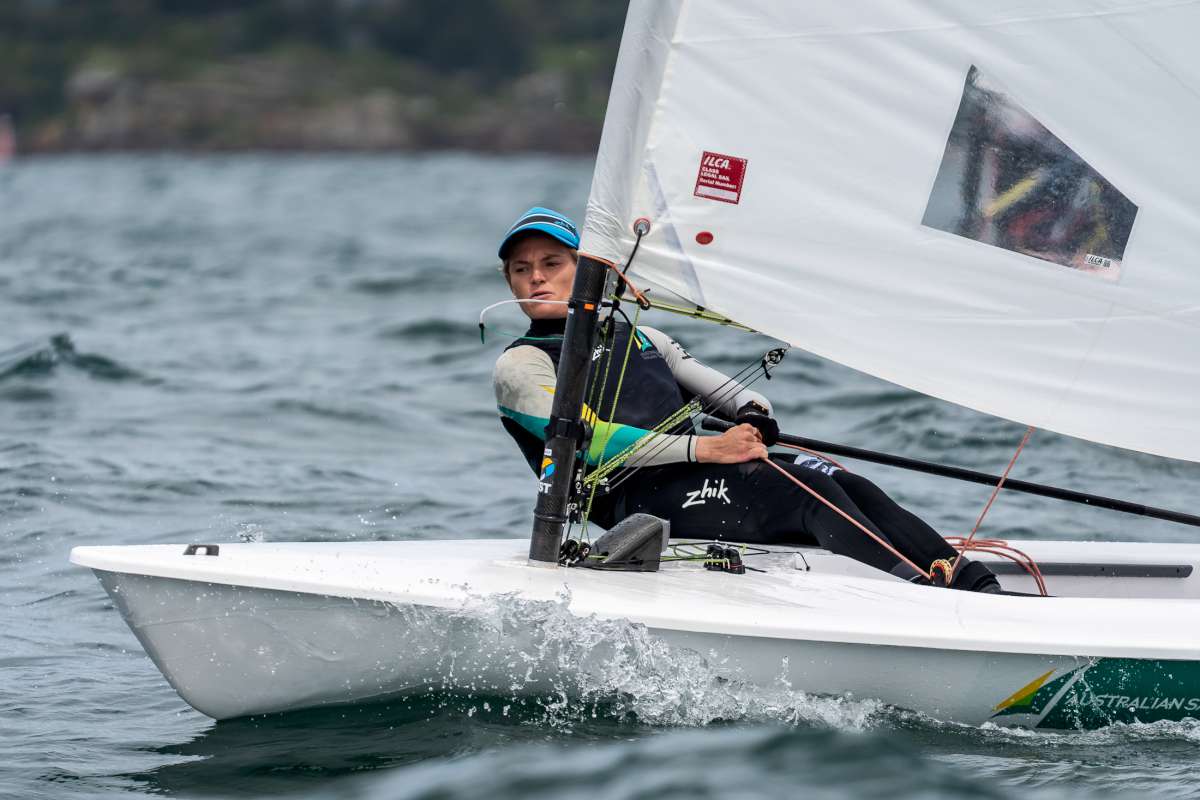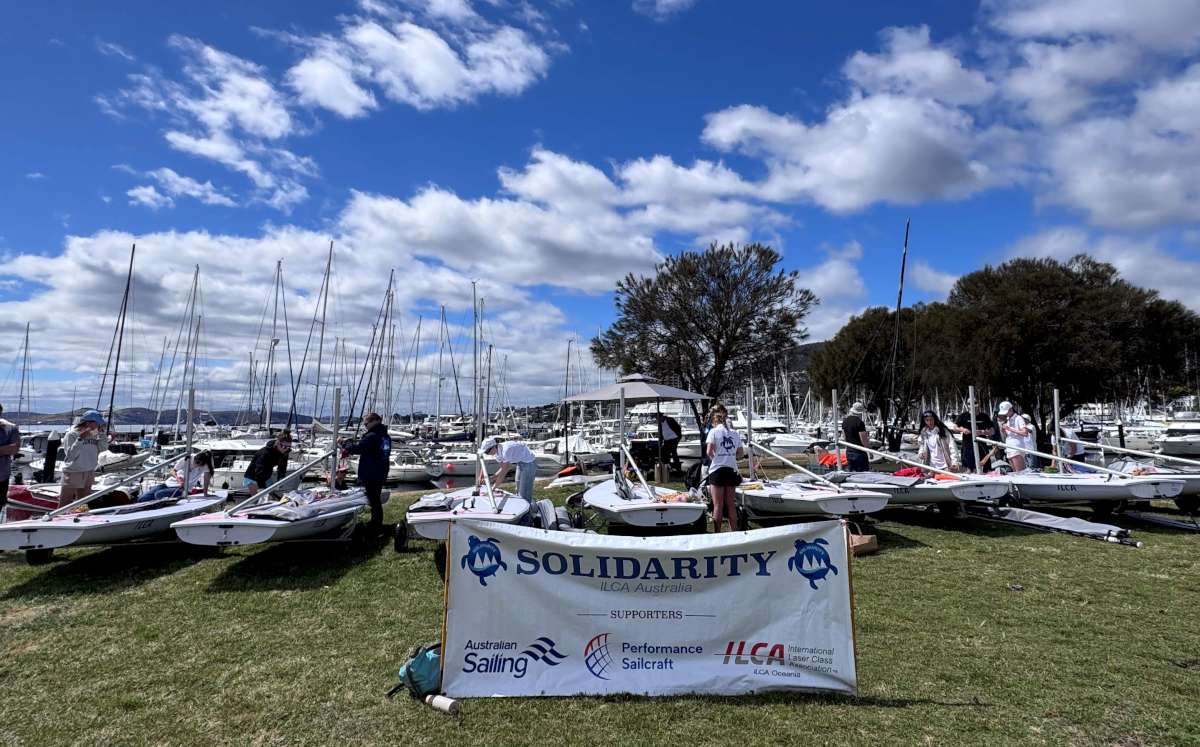It is fascinating to watch a fleet of yachts sailing upwind in a heavy wind; so much can be learned from observing the different styles and techniques from a bird's eye perspective. It is amazing how much variation there is between the good ones in the lead doing it easy and the ones having all sorts of trouble at the back.
The leaders always look so much settled and in control, while at the back of the fleet there are roundups and flapping sails and it looks like they are sailing in twice the breeze.
Two things are always obvious; the leaders nearly always have less angle of heel and seem to have their sails a lot more stable and flapping or ragging a lot less.
Teamwork
This ability to handle such conditions is a result of teamwork between all the crew, in particular the trimmers and the helmsman. In these most testing of circumstances it is the ability of both parties to have an innate “feel” for the boat and its performance that enables them to work so much better.
When the boat becomes overpowered the easiest way to shed power is for the helmsman to point higher into the wind and allow the sails to stall slightly, thus reducing the load on the rig. This feathering into the wind is a real bonus when done right. It has several benefits in that as well as gaining a small bite to weather, it helps keep the boat upright, preventing leeway, keeping the rudder further in the water and making the boat easier to steer. In order to flatten the sails as much as required, the mainsheet trimmer should ease the traveller down and bring on the backstay, while the headsail trimmer sheets on and moves his sheeting position farther aft to accommodate the higher pointing required.
This is a great technique for heavier winds and flat water, but it is much more difficult to sail like this when we encounter waves or chop. Feathering means the bow of the boat will hit the waves more head on and slow the boat drastically. So we have to alter the whole trim of the boat to give the steerer a wider groove to sail in.
We need to twist the sails off quite dramatically in choppy conditions to depower the boat enough to sail up and over the waves and allow the helmsman to pull away on the crest of each wave and prevent the bow from slamming. So, while sheeting on will enable a flatter sail and higher pointing in flat water, easing the sheets will induce twist and enable the top of the sails to fall off and spill wind and make the boat easier to steer in a seaway. Remember mainsails and headsails need to work in concert, so don't make drastic trim alterations to just one or the other as that will unbalance the boat.
Different indicators
In blustery conditions where we need to physically move the boat around – feathering through a big gust or sailing over and around waves – it would be foolhardy to try and sail by the telltales which are jumping all over the place.
Telltales may be the ideal trim guide in light to medium conditions but we need to look at other indicators in more difficult winds.
Very important is the angle of heel. We know that sailing around leaning right over is not fast. Sliding sideways with a hell of a load on the helm and a real danger of rounding up is no fun. Just de-power the boat enough to keep it on a manageable angle.
This is where good trimmers are a god send; they can almost pre-empt the gust and ease you through the rough patch by adjusting the sails as the winds hits. A designated person sitting on the rail advising and counting down to the gust impacting is very handy as well and makes everyone aware. Not only should this spotter be counting down to the gust but also letting you know the severity of the gust.
A small building front will require a gradual dropping down of traveller and a hand on the backstay and genoa car adjustment ready to begin depowering, but a real “bullet” will require sheets uncleated ready for a big dump to keep the boat on its feet.
Steerers should still be focussing on the front of the jib, but, rather than reading the telltales, they will be viewing the amount of bubble or backwind needed to keep the boat moving in that fine line between speed and height.
Others like to look at the forestay, they can see it sag when they power up under the weight of the wind and it will stand up a bit straighter when they pinch or feather into a gust. This is a great technique to learn for night time sailing when the forestay is just a black shape against the horizon.
As always, practise
It is important to develop techniques for sailing when overpowered. Before each race set up primarily for the lighter patches, as it is possible to develop techniques to get through the heavier gusts by de-powering and working as a cohesive team. Conversely, setting up for the heaviest expected conditions means we will be very slow when stuck in the lulls. Go out there and sail around a bit overpowered and be analytical and methodical.
Set the boat up, delegate the roles and involve everybody in what you are trying to achieve. It is not easy, but work at it and you will be one of those boats up the front making it look easy.
Tony Bull's racing experience ranges from sportsboats to offshore racers, and he is currently tactician on the Rogers 46 Shogun. He runs the Quantum Sails loft in Geelong.























